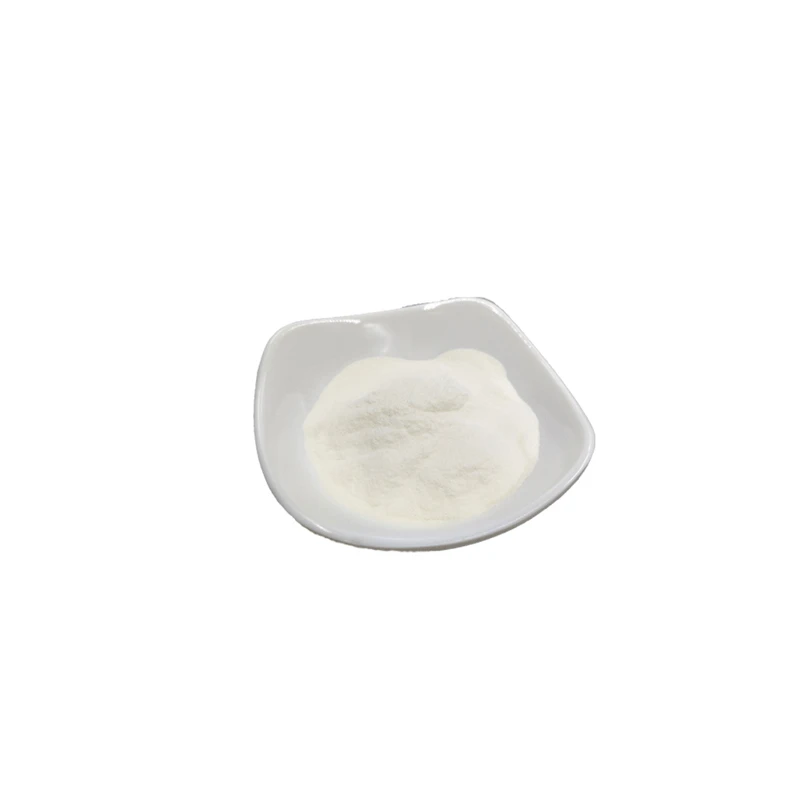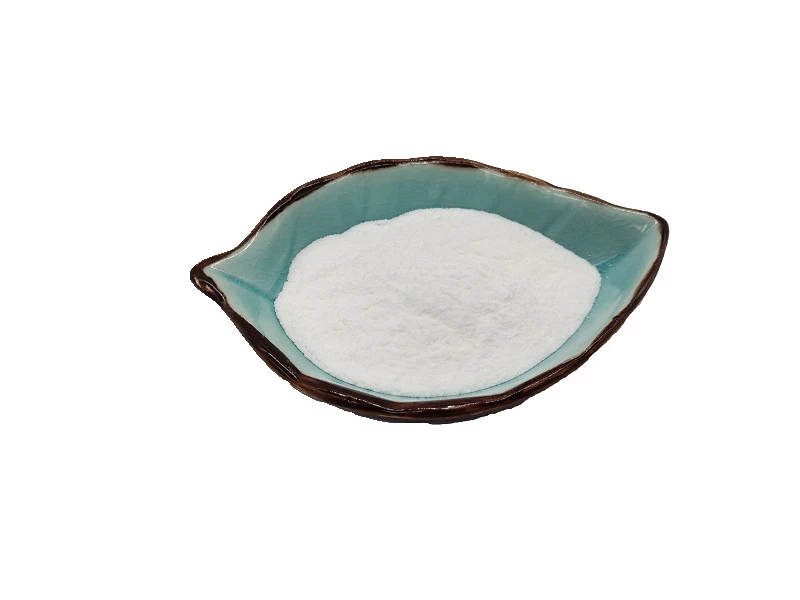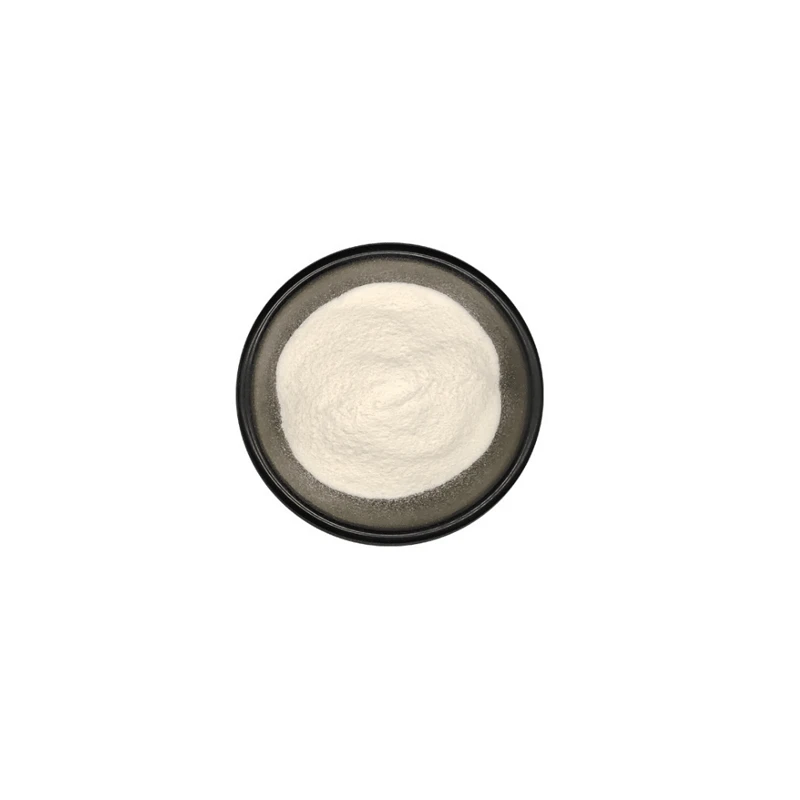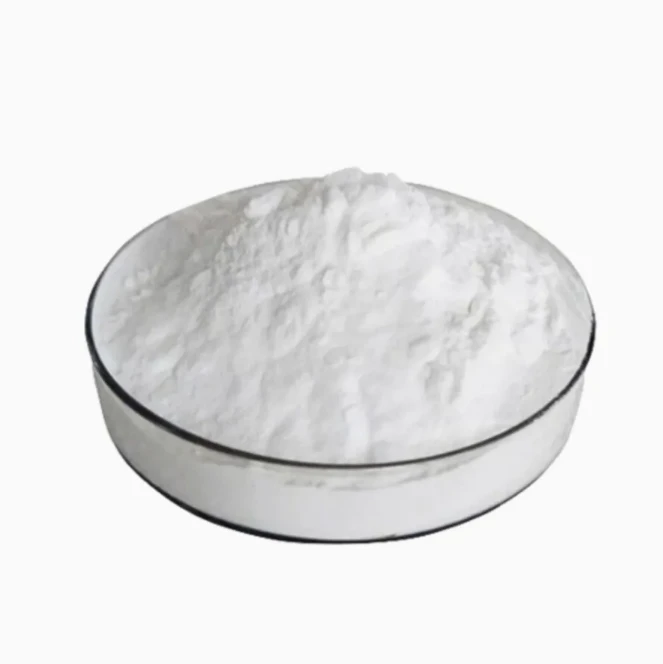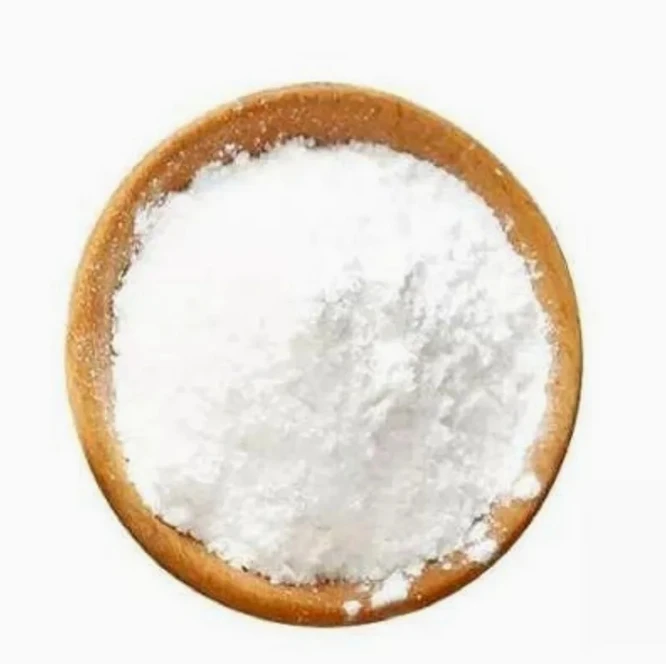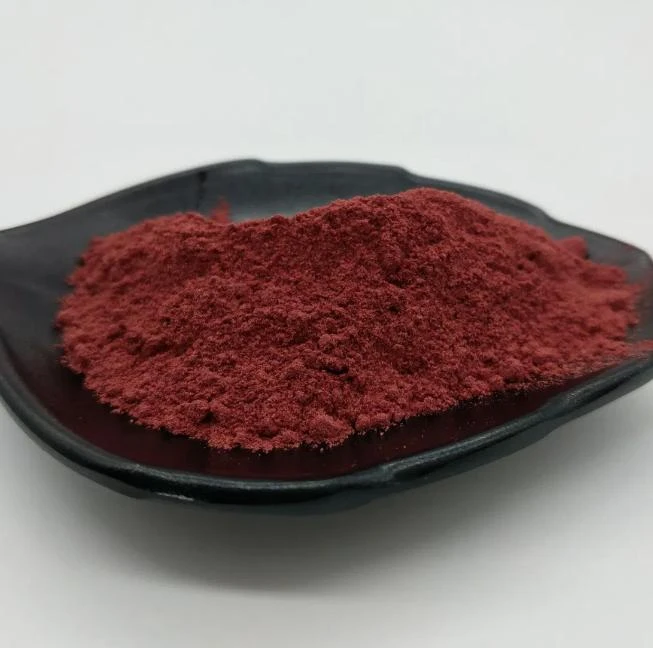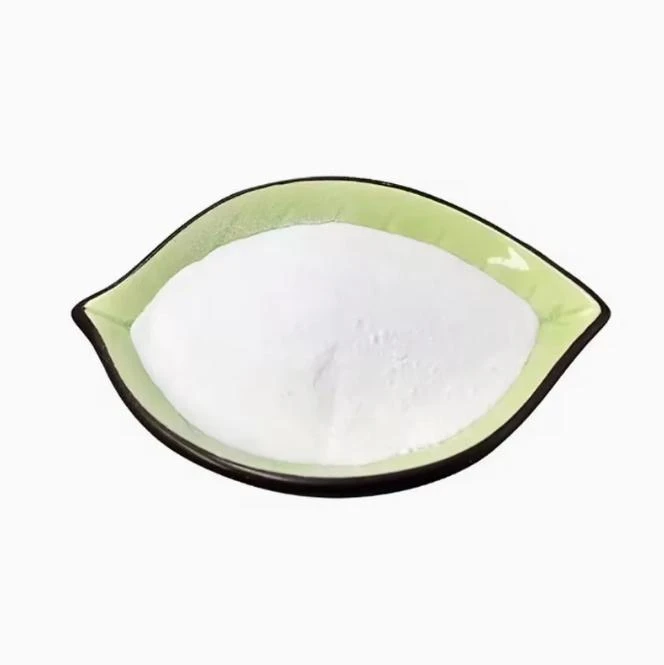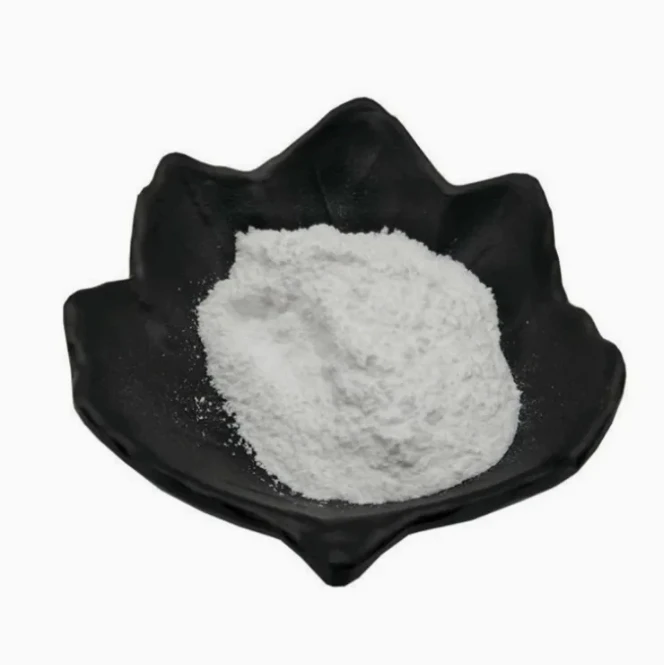Warning: Undefined array key "file" in /home/www/wwwroot/HTML/www.exportstart.com/wp-content/themes/1198/header.php on line 7
Warning: Undefined array key "title" in /home/www/wwwroot/HTML/www.exportstart.com/wp-content/themes/1198/header.php on line 7
Warning: Undefined array key "title" in /home/www/wwwroot/HTML/www.exportstart.com/wp-content/themes/1198/header.php on line 7
- Afrika
- Albania
- Amharic
- Arabic
- Armenian
- Azerbaijani
- Basque
- Belarusian
- Bengali
- Asụsụ Bosnia
- Bulgarian
- Catalan
- Cebuano
- China
- China (Taiwan)
- Corsican
- Asụsụ Croatia
- Czech
- Danish
- Dutch
- Bekee
- Esperanto
- Estonia
- Asụsụ Finnish
- French
- Onye Frisian
- Onye Galisi
- Asụsụ Georgian
- German
- Grik
- Gujarati
- Haitian Creole
- hausa
- Hawaian
- Hibru
- Mba
- Miao
- Asụsụ Hungarian
- Aislandi
- igbo
- Asụsụ Indonesian
- Irish
- Ịtali
- Japanese
- Asụsụ Javanị
- Kannada
- kazakh
- Khmer
- Onye Rwandan
- Korean
- Kurdish
- Kyrgyz
- TB
- Latịn
- Latvia
- Lithuania
- Luxembourgish
- Masedonia
- Malgashi
- Malay
- Malayalam
- Malta
- Maori
- Marathi
- Mongolian
- Myanmar
- Nepali
- Norwegian
- Norwegian
- Occitan
- Pashto
- Asụsụ Persia
- Polish
- Portuguese
- Punjabi
- Romanian
- Russian
- Samoan
- Scottish Gaelic
- Asụsụ Serbian
- Bekee
- Shona
- Sindhi
- Sinhala
- Slovak
- Slovenian
- Somali
- Spanish
- Asụsụ Sudan
- Swahili
- Swedish
- Tagalog
- Tajik
- Tamil
- Tatar
- Telugu
- Thai
- Turkish
- Turkmen
- onye Ukraine
- Urdu
- Uighur
- Uzbek
- Vietnamese
- Welsh
- Enyemaka
- Yiddish
- Yoruba
- Zulu
Glycyrrhizic Acid
Glycyrrhizic acid comes from the roots and rhizomes of licorice, a leguminous plant, and is the most important active ingredient in licorice, with an content of about 10%.
Glycyrrhizic acid, also known as glycyrrhizin and glycyrrhizin, is a glycoside composed of glycyrrhetinic acid and 2 molecules of glucuronic acid.White to yellowish crystalline powder, odorless, with a specific sweet taste, about 200 times as sweet as sucrose.Its sweetness is different from that of other sweeteners such as sucrose. It takes a little while to taste the sweetener, but its retention time is long.A small amount of glycyrrhiza and sucrose can be used less than 20% sucrose and the sweetness remains the same.
Although it has no aroma, it has the effect of enhancing aroma. The aqueous solution is weakly acidic and the pH value of 2% solution is 2.5~3.5.Insoluble in water, dilute ethanol.Soluble in hot water, after cooling a sticky jelly.Glycyrrhizin is triterpenoid saponin.In addition, there are glycyrrhizins, isoglycyrrhizins and so on.
Glycyrrhizasp., a leguminous plant, is an important ingredient in traditional Chinese medicine.




1. Liquorice root could help enhance the transformation and transportation functions of the spleen and stomach.
2. Since the spleen dominates muscles and the liver controls tendons, liquorice root has excellent properties to relieve pain and cramps of smooth or skeletal muscles.
3. Liquorice root also moistens the lungs and stops coughs. It treats disorders such as shortness of breath, fatigue, sallow facial appearance, decreased food intake, loose stools, and diarrhea.
4. Its neutral property treats coughing and wheezing of various etiologies that stems from either cold or heat, and deficiencies of excess, with or without phlegm.
5. Liquorice root can also be used to clear heat and toxins; it is useful to treat poisoning due to foods, herbs, herbicides, pesticides, drugs and heavy metals.
6. Liquorice root has also been reported to speed the healing of canker sores.
It has been clinically used to treat chronic hepatitis.
It can significantly inhibit HIV replication in blood mononuclear cells of HIV-positive patients in vitro.
It also reduced morbidity and mortality in mice infected with lethal doses of the flu virus. Cinatl et al. compared the inhibition of riboside triazole, bacteriophenic acid, pyrazofuranotocin and glycyrrhizin on FFM-1 and FFM-2 of two SARS coronaviruses, and found that Glycyrrhizic acid had the strongest inhibition on viral replication.
Anyị nwere ọtụtụ ụlọ ọrụ dị elu nke nwere nkwado miri emi, nke nwere ike inye gị ngwaahịa dị elu na ọnụ ahịa asọmpi. Anyị nwekwara ike inye ego maka nnukwu ịzụrụ ihe. Anyị na-akwado ọtụtụ ụlọ ọrụ na-ebuga ibu ndị ọkachamara, nwere ike ịnapụta ngwaahịa n'enweghị nsogbu na aka gị. Oge nnyefe bụ ihe dịka ụbọchị 3-20 mgbe nkwenye nke ịkwụ ụgwọ gasịrị.
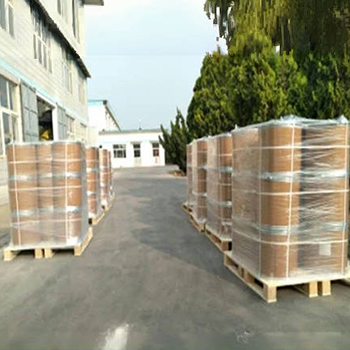



| Ihe | Nkọwapụta | Nsonaazụ |
| Nyocha | Glycyrrhizic acid | 98% |
| Ọdịdị | Ọcha ntụ ntụ | conforms |
| Isi | Characteristic | conforms |
| Taste | Characteristic | conforms |
| Particle Size | NLT 100% Through 80 mesh | conforms |
| Ọnwụ na ihicha | <2.0% | 0.47% |
| Heavy metals | ||
| Total Heavy Metals | ≤10ppm | conforms |
| Arseni | ≤3ppm | conforms |
| Lead | ≤3ppm | conforms |
| Microbiological Tests | ||
| Ngụkọta ọnụ ọgụgụ efere | ≤1000cfu/g | conforms |
| Total Yeast & Mold | ≤100cfu/g | conforms |
| E.Coli | Ihe ọjọọ | Ihe ọjọọ |
| Salmonella | Ihe ọjọọ | Ihe ọjọọ |
Glycyrrhizic acid is the active principle of liquorice root. Glycyrrhizic acid is a powerful sweetener,3050 times as potent as sucrose (table sugar).
Chemically, glycyrrhizic acid is a triterpenoid saponin glycoside being either the Ca2+ or K+ salt of glycyrrhizic (or glycyrrhizinic) acid. Upon hydrolysis, the glycoside loses its sweet taste and is converted to the aglycone glycyrrhetinic acid plus two molecules of glucuronic acid. The glycyrrhizic acid form is not particularly water soluble, but its ammonium salt is soluble in water at pH greater than 4.5.
Although sweet, the taste of glycyrrhizic acid is different from that of sugar. The sweetness of glycyrrhizic acid has a slower onset than sugar, and lingers in the mouth for some time. Additionally, its characteristic licorice flavor makes it unsuitable as a direct flavor substitute for sugar. Unlike the artificial sweetener aspartame, glycyrrhizic acid maintains its sweetness under heating.
1. It is a high-sweet, low-calorie health sweetener with a sweetness of about 250 times that of sucrose; it can be added to food, beverage, candy industry as a sweetener, and can also be used in yellow or brown food. In the beverage, it also doubles as a natural pigment.
2.Cosmetics and cigarette industry: can prevent dermatitis, dry skin, sun, rash, throat and so on.
3. Licorice extract can activate corticosteroids (inhibition of metabolic enzymes) and indirectly enhance the action of corticosteroids. It can be used in all cosmetics such as cream, cream, water, lotion, lotion, milk and honey. It can neutralize or release or reduce the toxic substances of cosmetics, and can also prevent allergic reactions of some cosmetics, and is more suitable for advanced hair or skin cosmetics.
4. licorice flavonoids have a mild inhibitory effect on tyrosinase, and licorice extract has been proven to be the most effective plant whitening agent.

1. Ị bụ ụlọ ọrụ mmepụta ihe ma ọ bụ ụlọ ọrụ ịzụ ahịa?
Anyị bụ ụlọ ọrụ na-ejikọta ụlọ ọrụ na ịzụ ahịa, na-enye ọrụ nkwụsịtụ.OEM nwere ike ịnakwere.
2. Ị na-enye samples? Ọ bụ n'efu ka ọ bụ mgbakwunye?
Free samples. The sample si ibu ego kwesịrị ịkwụ ụgwọ gị n'akụkụ.
3. Ị nwere asambodo ọ bụla metụtara njikwa mma?
ISO 9001: 2008 asambodo iji hụ na ịdị mma.
4. Kedu ihe m ga-enye ka m nweta nhota okwu?
Pls na-agwa anyị ụdị ngwaahịa nke ị chọrọ, iji ọnụ ọgụgụ, adreesị na ihe ndị a chọrọ. A ga-edepụta nkwupụta maka ntinye aka gị n'oge.
5. Kedu ụdị usoro ịkwụ ụgwọ na-amasị gị? Kedu ụdị usoro anabatara?
Usoro nnyefe anabatara: FOB, CFR, CIF, EXW;
Ego ịkwụ ụgwọ anabatara: USD;
Ụdị ịkwụ ụgwọ anabatara: T/T, Western Union; Paypal, ahia ahia.
Asụsụ Asụsụ: Bekee.
Ụdị ngwaahịa
-
 May . 23, 2025O-Vanillin: A rising star in the flavors and fragrances industryIn recent months, ortho-vanillin has emerged as a key player in the flavoring and fragrance space, attracting the attention of many manufacturers and consumers. This vanillin derivative is gaining popularity due to its unique properties and versatility in a variety of applications.
May . 23, 2025O-Vanillin: A rising star in the flavors and fragrances industryIn recent months, ortho-vanillin has emerged as a key player in the flavoring and fragrance space, attracting the attention of many manufacturers and consumers. This vanillin derivative is gaining popularity due to its unique properties and versatility in a variety of applications. -
 May . 13, 20252025 European Fine Chemicals Exhibition in GermanyThe much-anticipated Fine Chemicals Europe 2025 will be held in Germany from June 4 to 5, 2025. The event will bring together industry leaders, innovators and stakeholders in the fine chemicals sector, providing a unique platform for networking, collaboration and showcasing the latest advances in the field.
May . 13, 20252025 European Fine Chemicals Exhibition in GermanyThe much-anticipated Fine Chemicals Europe 2025 will be held in Germany from June 4 to 5, 2025. The event will bring together industry leaders, innovators and stakeholders in the fine chemicals sector, providing a unique platform for networking, collaboration and showcasing the latest advances in the field. -
 May . 07, 20252025 New York Cosmetics Ingredients ExhibitionThe much-anticipated 2025 Cosmetics Ingredients New York will be held at the Javits Center in New York from June 3 to 4, 2025. This event will bring together industry leaders, innovators and enthusiasts from all over the world to discuss the latest trends and advances in the field of cosmetic ingredients.
May . 07, 20252025 New York Cosmetics Ingredients ExhibitionThe much-anticipated 2025 Cosmetics Ingredients New York will be held at the Javits Center in New York from June 3 to 4, 2025. This event will bring together industry leaders, innovators and enthusiasts from all over the world to discuss the latest trends and advances in the field of cosmetic ingredients.



